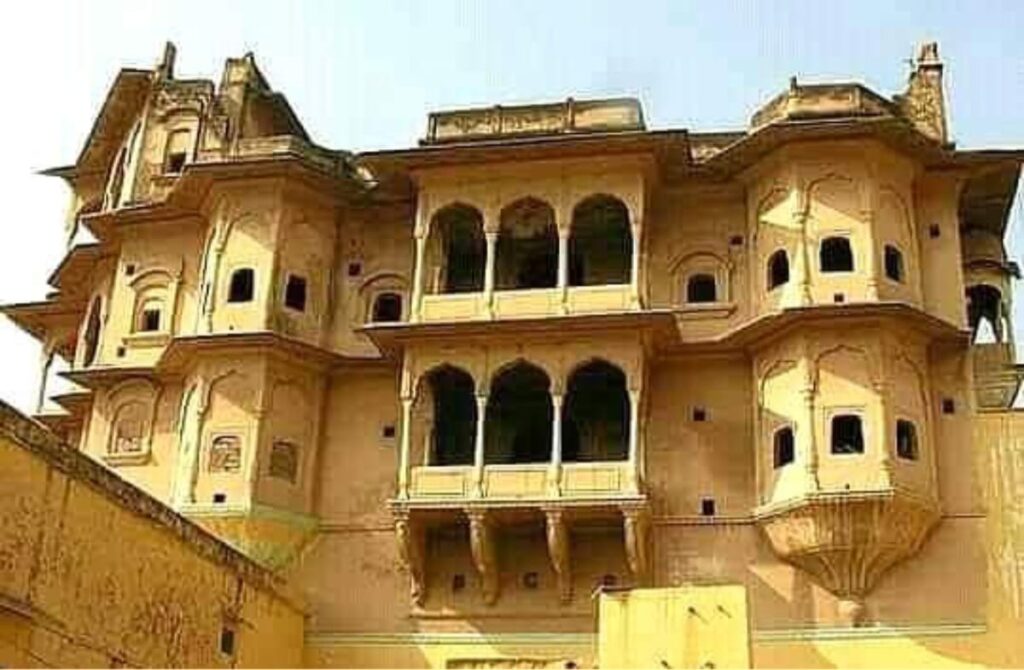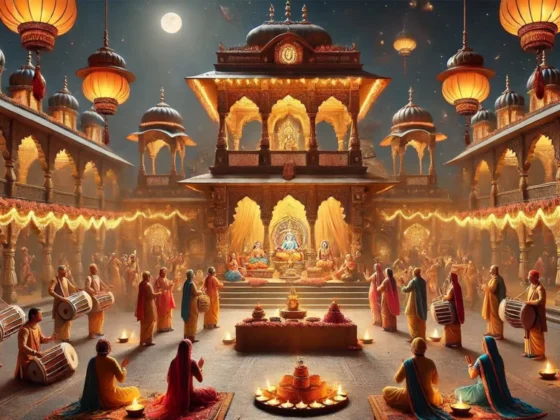Khetri Fort: A Hidden Gem of Rajasthan’s Royal Heritage

Introduction
Rajasthan, the land of majestic forts and royal heritage, is home to several hidden gems that often go unnoticed. One such architectural marvel is Khetri Fort, a historically significant structure that narrates tales of Rajput valor, architectural brilliance, and cultural heritage. Perched atop a hill in the Jhunjhunu district of Rajasthan, Khetri Fort stands as a testament to the grandeur of Rajasthan’s past.
This article explores the history, architectural beauty, and significance of Khetri Fort, making it a must-visit destination for history enthusiasts and travelers.
Historical Background of Khetri Fort
The rulers of the Shekhawat dynasty constructed during the 17th century to safeguard their kingdom from external invasions. Over the years, it became a strategic stronghold in Rajasthan.
One of the most notable rulers associated with Khetri was Raja Ajit Singh of Khetri. He actively supported Swami Vivekananda and helped him travel to the Parliament of Religions in Chicago in 1893. This historical connection adds to the fort’s legacy and importance.
Architectural Marvel of Khetri Fort
Fort showcases an impressive blend of Rajput and Mughal architectural styles. The builders primarily used red sandstone and lime mortar, reflecting the traditional Rajasthani fort-building techniques.
Key Architectural Features:
- Massive Gateways – The entrance boasts intricate carvings and strong bastions that highlight its military importance.
- Palatial Mansions – The fort houses several havelis and palaces, once the residences of the royal family.
- Watchtowers & Bastions – These structures provided defense by allowing rulers to monitor enemy movements.
- Temples & Religious Shrines – Ancient temples dedicated to Hindu deities demonstrate the rulers’ religious beliefs.
- Underground Passages – Hidden tunnels within the fort served as escape routes during attacks, adding an element of mystery.
- Ornate Frescoes & Wall Paintings – The fort’s walls feature exquisite frescoes depicting mythological stories and historical events.
Strategic Importance of Khetri Fort
The fort’s hilltop location made it an impenetrable fortress. Its elevated position provided a panoramic view of the surrounding areas, helping rulers keep a close watch on potential invaders. The high walls and defensive mechanisms ensured its status as a crucial military outpost.
Cultural & Historical Significance
Beyond its military and architectural importance, Khetri Fort holds cultural and historical value.
- The Shekhawat rulers actively promoted art, architecture, and religion, evident in the grand structures within the fort.
- The fort played a vital role in Rajasthan’s political landscape, influencing trade, governance, and warfare.
- Its association with Swami Vivekananda and Raja Ajit Singh attracts scholars and devotees from different parts of the country.
Best Time to Visit Khetri Fort
Rajasthan experiences extreme temperatures, so the ideal time to visit falls between October and March. The pleasant weather during these months allows visitors to explore the fort comfortably.
How to Reach Khetri Fort
Khetri Fort remains well-connected to major cities in Rajasthan and India.
- By Air: The nearest airport is Jaipur International Airport, located approximately 150 km away.
- By Train: The closest railway station is in Jhunjhunu, which connects well to major cities.
- By Road: Khetri lies along a well-maintained road network from Jaipur, Delhi, and other nearby cities.
Tourist Attractions Near Khetri Fort
While visiting Khetri Fort, travelers can also explore other fascinating places nearby:
- Bhopalgarh Fort – Another historical fort known for its grandeur and breathtaking views.
- Raghunath Temple – A revered Hindu temple famous for its intricate carvings.
- Modi Haveli – A beautifully designed haveli that showcases Rajasthani architecture.
- Khetri Mahal (Wind Palace) – An exquisite palace reflecting the artistic brilliance of Rajput architecture.
Preservation & Conservation Efforts
Despite its historical and architectural significance, It requires significant restoration efforts. The fort’s structural elements have deteriorated over time. Local authorities and heritage conservation organizations continue to work towards preserving the intricate carvings, murals, and architectural elements to ensure its legacy remains intact.
Conclusion
It stands as a hidden gem of Rajasthan’s royal heritage, offering a perfect blend of history, architecture, and cultural significance. Its association with Rajput rulers, Swami Vivekananda, and the grand Shekhawat dynasty makes it a must-visit destination for history buffs and travelers seeking an offbeat experience.
Visiting Khetri Fort feels like stepping back in time. Here, one can witness the grandeur of Rajput architecture, explore ancient halls, and relive fascinating tales from the past. Whether you are an architecture enthusiast, a historian, or simply a traveler looking for an immersive cultural experience, Khetri Fort promises to leave you mesmerized.






